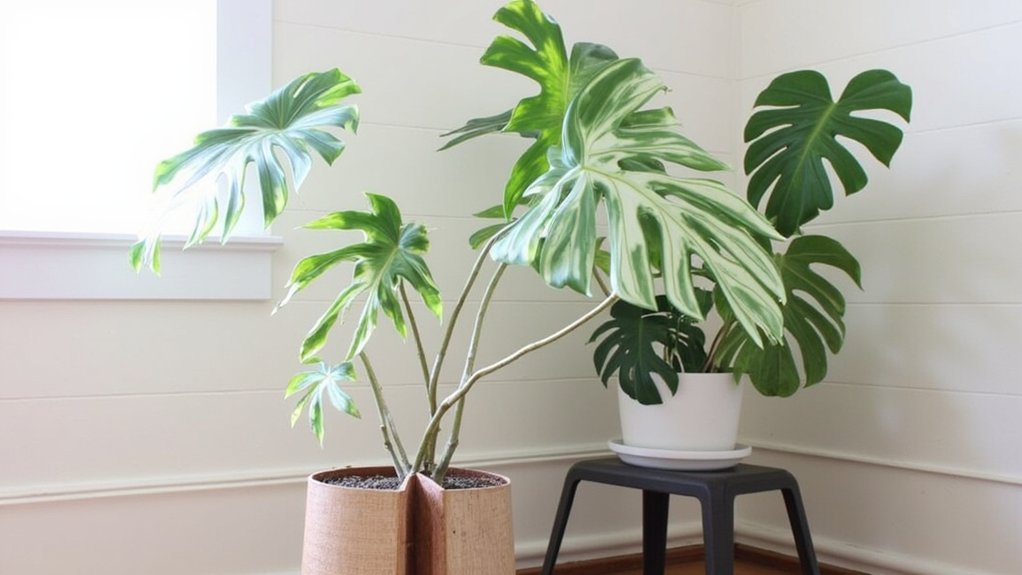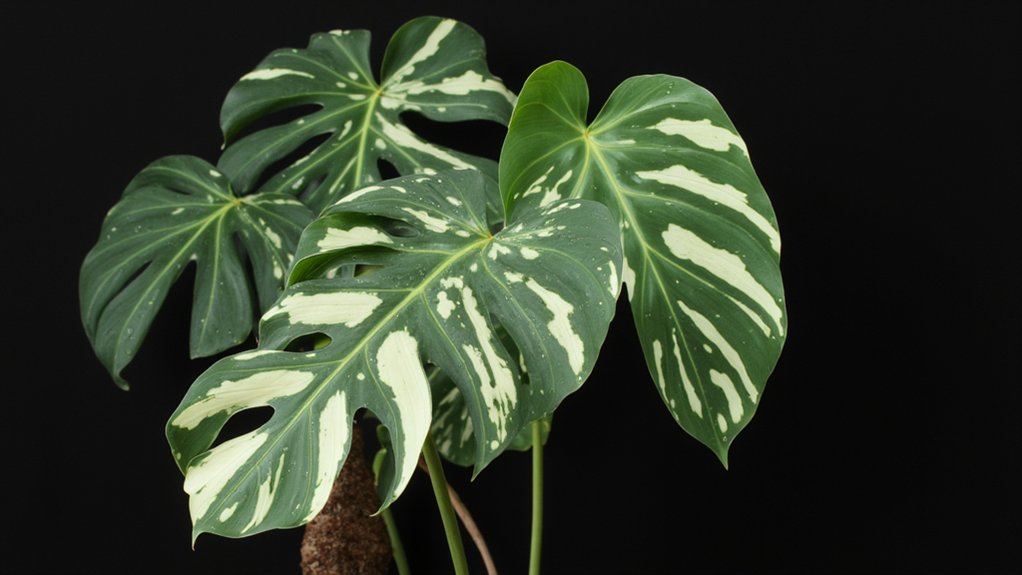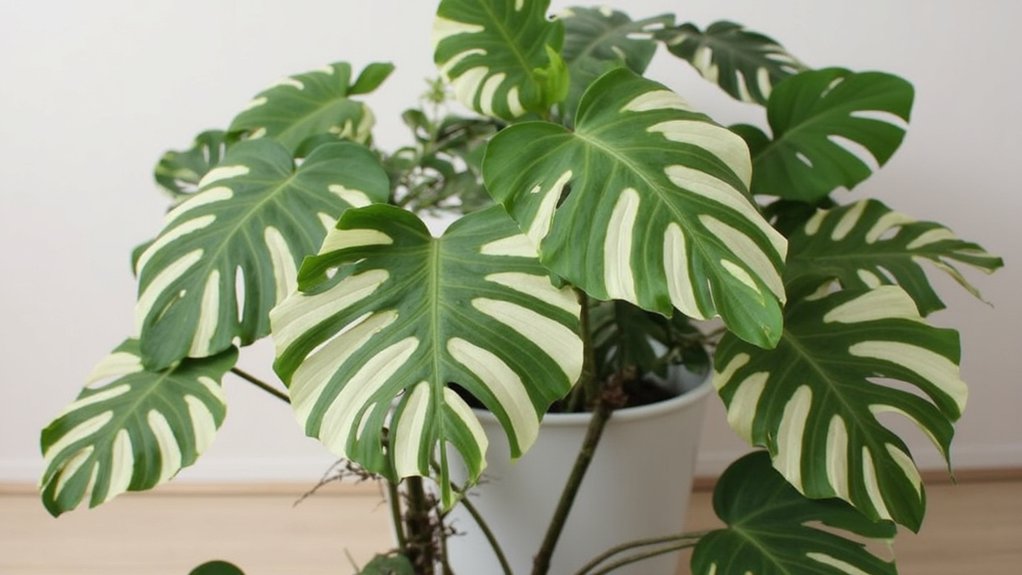You might think that $50 is a lot to spend on a houseplant, but in the world of rare botanical specimens, prices can soar into six figures. A single variegated Monstera deliciosa leaf cutting can fetch upwards of $5,000, while the elusive Philodendron Spiritus Sancti has sold for over $100,000. These eye-watering prices aren’t just random; they’re driven by a fascinating mix of genetic rarity, slow growth rates, and an increasingly competitive collector’s market.
Contents
- 1 The Rise of Luxury Houseplant Trading
- 2 What Makes Certain Plants So Valuable
- 3 Top 10 Most Expensive Houseplants in the World
- 4 The Role of Social Media in Plant Pricing
- 5 Collectors and the Competitive Market
- 6 Variegation: Nature’s Million-Dollar Lottery
- 7 Propagation Challenges and Plant Scarcity
- 8 Investment Potential in Rare Plants
- 9 Tips for Identifying Valuable Plant Specimens
The Rise of Luxury Houseplant Trading

While houseplants were once simple decor items found at local garden centers, the luxury houseplant market has exploded into a billion-dollar industry since 2019. You’ll now find rare varieties selling for thousands of dollars on specialized trading platforms and social media marketplaces.
The most coveted specimens include variegated monsteras, philodendrons with unique patterns, and anthurium crystallinums. If you’re looking to enter this high-end market, you’ll need to research extensively, verify sellers’ credentials, and understand proper shipping methods.
Trading typically occurs through invite-only groups where collectors share photos, negotiate prices, and arrange secure transactions for these botanical investments.
What Makes Certain Plants So Valuable

Since rarity plays a major role in houseplant valuation, you’ll find that the most expensive specimens often possess unique genetic mutations or variegation patterns. These mutations create striking leaf colorations, like the white-splashed monstera albo or the pink-tinged philodendron pink princess.
Growth rate also impacts value considerably. Slow-growing plants, particularly those that take 5-10 years to mature, command higher prices due to limited availability. Additionally, if a plant’s native habitat faces threats or harvesting restrictions, its market value increases.
The complexity of propagation matters too. Plants that can’t be easily reproduced through cuttings or seeds remain scarce, keeping their prices elevated in the collector’s market.
Top 10 Most Expensive Houseplants in the World

These rare plant characteristics combine to create some truly astronomical price tags in the houseplant market. You’ll find the Monstera obliqua leading the pack at $35,000 per leaf, followed by the Variegated Philodendron Spiritus Sancti at $25,000 for a mature specimen.
The list continues with Variegated Monstera deliciosa ‘Thai Constellation’ ($5,000), Philodendron Pink Princess ($2,500), and Monstera variegata ($2,000). Rounding out the top spots are Syngonium Podophyllum Albo ($1,800), Philodendron White Princess ($1,500), Variegated Anthurium Clarinervium ($1,200), Crystal Anthurium ($1,000), and the Variegated Alocasia Dragon Scale ($900).
How did social media transform ordinary houseplants into coveted luxury items? When rare plant photos go viral on Instagram or TikTok, prices can skyrocket overnight. You’ll notice that platforms like Pinterest and Facebook Marketplace have created digital spaces where plant enthusiasts drive up demand for trending varieties.
The “plant influencer” phenomenon has particularly impacted variegated specimens, with prices increasing by 300-500% after trending posts. A Monstera albo that cost $50 in 2019 now sells for $250-800, depending on its variegation pattern. Social media’s visual nature makes it perfect for showcasing unique leaf patterns and rare mutations, creating instant desirability.
Collectors and the Competitive Market
Plant collecting has evolved into a highly competitive hobby, where serious enthusiasts actively monitor online marketplaces and join waiting lists for coveted specimens. You’ll often find collectors setting alerts for rare varieties and participating in bidding wars that can drive prices up by thousands within hours.
The competition is especially fierce for variegated plants and limited mutations, where you might wait 6-12 months for a single leaf cutting. Many collectors network through exclusive groups, sharing tips about upcoming releases and organizing private sales. You’ll need quick reflexes, as premium specimens often sell within minutes of being listed.
Variegation: Nature’s Million-Dollar Lottery
When genetic mutations create striking color patterns in leaves, you’ve discovered the enchanting world of variegation. These rare patterns occur when plant cells lose their ability to produce chlorophyll, resulting in white, yellow, or pink sections alongside normal green tissue.
You’ll find that variegated plants command astronomical prices because they’re genetic anomalies that can’t be reliably reproduced. A single leaf cutting from a variegated Monstera deliciosa can sell for $5,000, while fully variegated specimens reach $50,000.
The most sought-after patterns are half-moon splits and marble-like swirls, which emerge randomly through tissue mutation. Stability is key—the more consistent the variegation, the higher the value.
Propagation Challenges and Plant Scarcity
Growing variegated houseplants presents significant propagation hurdles that directly contribute to their scarcity and high prices. You’ll find that most variegated plants can’t be grown from seeds, as the genetic mutation won’t carry forward. Instead, you’re limited to stem cuttings or tissue culture.
Even when you attempt propagation, success rates hover around 30-40% for most varieties. A variegated cutting might revert to solid green, or the plant tissue could fail to develop proper chlorophyll ratios. These challenges mean growers might wait 12-18 months before successfully producing a viable, variegated specimen.
Investment Potential in Rare Plants
Much like investing in fine art, collecting rare houseplants can yield impressive financial returns if you’re strategic about your choices. You’ll want to focus on varieties that show consistent market growth, like variegated Monstera deliciosa, which can increase 200% in value within 18 months.
To maximize your investment potential, start with healthy mother plants that cost $200-500, then learn proper propagation techniques. You can sell rooted cuttings for $75-150 each, and some collectors will pay premium prices for mature specimens with unique variegation patterns.
Remember to document your plants’ lineage and maintain detailed growth records to establish authenticity.
Tips for Identifying Valuable Plant Specimens
Looking to spot valuable specimens in the plant market? You’ll need to examine three key factors: variegation patterns, growth maturity, and genetic rarity. When inspecting variegated plants, look for crisp color boundaries and stable patterns that cover at least 30% of each leaf.
Check the plant’s size and age—mature specimens typically command higher prices. Count the number of leaves and examine stem thickness, which should be at least 1/2 inch for most valuable varieties.
Research the plant’s origin and genetic lineage. Limited editions, patented cultivars, and naturally occurring mutations often carry premium value, especially with proper documentation of authenticity.
